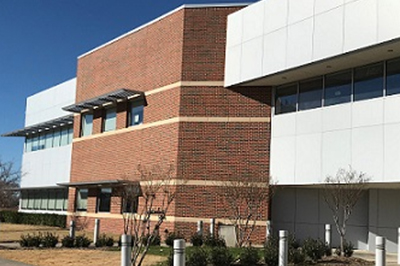Exterior Condition
Exterior Condition
Landscaping
The physical condition of the outside landscape.
From the supporting literature (linked above), there are discussions about:
1. Naturalizing school grounds with inclusive learning programs and systems.
2. Field of landscaping is influenced the learning spaces literature.
Path and Walkways (PW)
The physical condition of school path and walkways.
From the supporting literature (linked),
1. Poor building condition (exterior wall and columns, and pathways) is associated with students absenteeism and that absenteeism in schools is associated with mold, moisture, ventilation, and vermin problems.
2. The condition of schools’ ground is associated with students’ achievements.
Exterior Hard Surfaces (EHS)
The physical condition of the exterior hard surfaces.
From the supporting literature (linked), the condition of schools’ ground is associated with students’ achievements.
The result of the OKHS field study is not consistent with the findings of the literature reviews.
Exterior Wall Materials (EWM)
The physical condition of school building’s exterior walls.
From the supporting literature (linked),
1. Poor building condition (exterior wall and columns, and pathways) is associated with students absenteeism and that absenteeism in schools is associated with mold, moisture, ventilation, and vermin problems.
2. The condition of exterior wall is associated with students’ achievements.
Resting Areas
The physical condition of the resting areas.
References
1. Crampton, F. E., Thompson, D. C.,& Vesely, R. S. (2004). The forgotten side of school finance equity: The role of infrastructure funding in student success. NASSP bulletin, 88(640), 29-52.
2. Durán-Narucki, V. (2008). School building condition, school attendance, and academic achievement in New York City public schools: A mediation model. Journal of environmental psychology, 28(3), 278-286.
3. Johnson, P. (2007). Growing Physical, Social and Cognitive Capacity: Engaging with Natural Environments. International education journal, 8(2), 293-303.
4. Lanham III, J. W. (1999). Relating building and classroom conditions to student achievement in Virginia’s elementary schools (Doctoral dissertation).
5. Simons, E., Hwang, S. A., Fitzgerald, E. F., Kielb, C.,& Lin, S. (2010). The impact of school building conditions on student absenteeism in upstate New York. American journal of public health, 100(9), 1679-1686.








